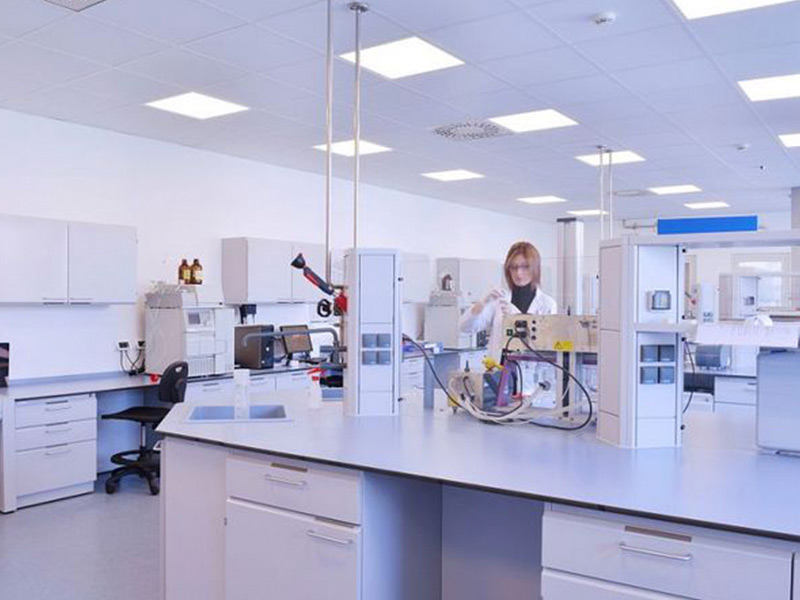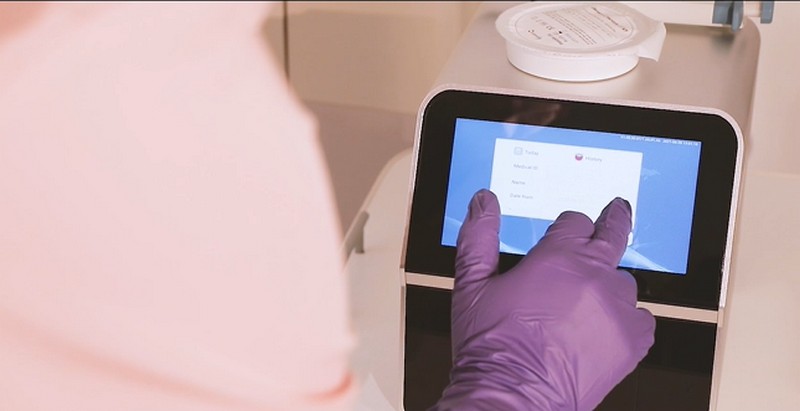2021-11-05
Biochemical analysis refers to the detection methods used to determine enzymes, carbohydrates, lipids, protein, and non-protein nitrogen, inorganic elements, liver function, and other indicators in the body through various biochemical reactions. And is a very important piece of equipment in a medical laboratory, it can quickly and accurately test a variety of items, including liver function, kidney function, blood glucose, lipid analysis, and other biochemical projects that need to be carried out.
Biochemical analysis can quickly and accurately test a variety of items, including liver function, kidney function, blood glucose, lipid analysis, and other biochemical projects that need to be carried out. It is mainly used in routine testing in hospitals.
With a classification of biochemical analyzers reference, hope it will help you:
1. According to the degree of automation of biochemical analyzers.
(1) Semi-automatic biochemical analyzer
In the analysis process (such as sample addition, holding, inhalation colorimetric, results in recording, and other steps) part of the operation needs to be done manually, while other operations can be done automatically by the instrument
(2) Fully automatic biochemical analyzer
The entire process from sample addition to results is completed automatically by the instrument, the operator only needs to put the sample on the specific position of the analyzer and select the program to start the instrument to take the test report without manual intervention during the period,
2. According to the biochemical analyzer reaction principle.
(1) Wet biochemical analyzer
The principle of the wet chemical method of determination is based on Lambert-Beer law, the reaction carrier is an aqueous solution, the incident light is absorbed by the colored reaction products and then attenuated, and the magnitude of the concentration of the measured substance is reflected by the magnitude of absorbance.
(2) Dry biochemistry analyzer
Dry chemistry, also known as solid-phase chemistry, uses a solid-phase reagent technique with a multi-layer film. As long as the liquid sample is added directly to the reagent carrier that has been solidified in a special structure, i.e., the reagent of dry chemistry, the water in the sample is used as a solvent to dissolve the reagent solidified in the carrier and then chemically react with the components to be measured in the sample, to carry out the analytical determination and finally arrive at the concentration or activity of the object to be measured.
3. According to the structure and principle of a biochemical analyzer
(1) Continuous flow type (pipeline type)
It means that the chemical reaction of each sample to be tested and reagents mixed in the same pipeline is completed after the determination of the same item. This is the first generation of the automatic biochemical analyzer.
(2) Discrete
It means that the chemical reactions of each sample to be measured mixed with reagents are completed in their respective reaction cups.
(3) Centrifugal
It means that each sample to be tested is mixed with reagents in its respective reaction tank under the action of centrifugal force to complete the chemical reaction and determine it, and it has high analytical efficiency because the mixing, reaction, and detection are done almost simultaneously.
(4) Dry film type
It means that the reagents are solid phase on the carrier such as film or filter paper sheet, and each sample to be tested is added drop-wise on the corresponding test strip for reaction and determination. Quick operation and portability are its advantages.
(5) Bag type
It means that the reaction cup and colorimetric cup are replaced by reagent bags, and each sample to be measured reacts and is measured in its reagent bag.

